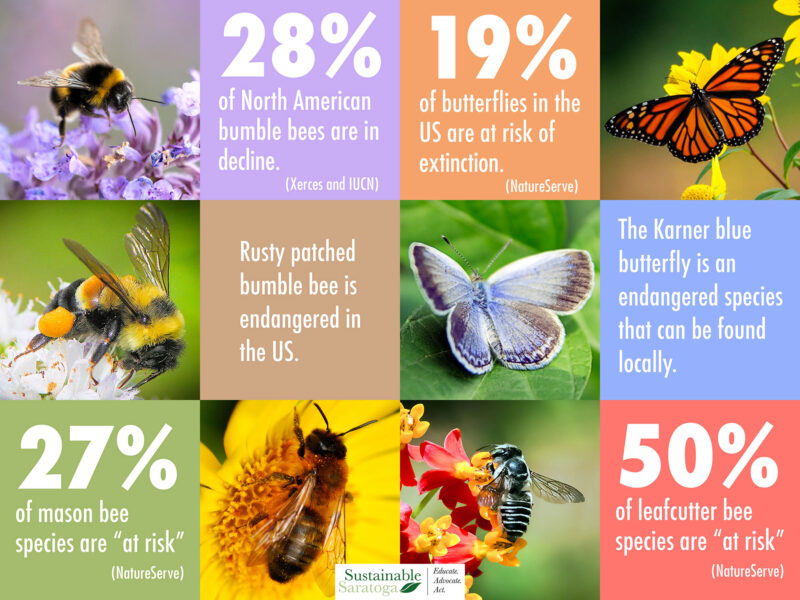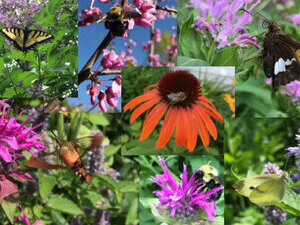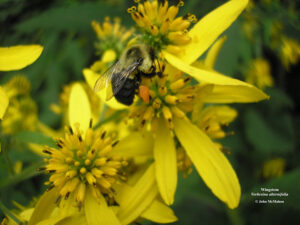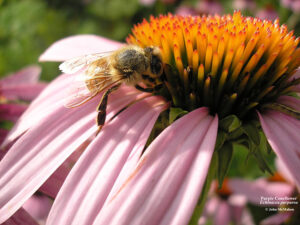Threats to Pollinators
Pollinator populations are facing several threats – habitat loss, pesticide use, climate change, disease, and in the case of nocturnal pollinators artificial lighting – which could dramatically alter the structure and function of many natural communities and also endanger our ability to feed the world.

Habitat loss, fragmentation and ecosystem degradation are a threat to pollinators around the world. Loss of habitat threatens both food and nesting sites.
Climate change induced shifts in the phenology (seasonal timing) can cause asynchrony in the timing of flower development and insect development and migration. This can be caused by changes in temperature, precipitation, and carbon dioxide levels. If the changes impact the plant and pollinator asynchronously, it can disrupt the relationship and potentially cause a decline in pollinator populations. Climate change can impact the latitudinal and altitudinal ranges of plant and pollinator species; changes in carbon dioxide can alter food/nectar production.
The widespread use of pesticides in agriculture, on lawns, and in parks also threatens pollinators, as well as many other organisms. Populations can be negatively impacted by artificial light, which can impact their feeding, nesting, and movements.
Introduced pathogens and competition with exotic pollinators have been blamed for the decline of some pollinators, including native bumble bees.
You can help address two of those problems by creating pollinator habitat and eliminating pesticide use in your own yard. Click here for more ways to help.

READ MORE
Our friends at Saratoga Springs Public Library have put together a list of materials about pollinators: https://guides.sspl.org/pollinators
Where can you get locally grown native plants for your garden? Our annual Pollinator Palooza Native Plant Sale.
Have questions? Email us at pollinators@sustainablesaratoga.org



